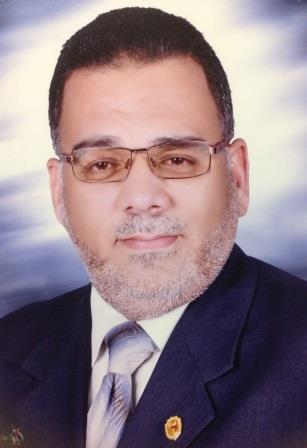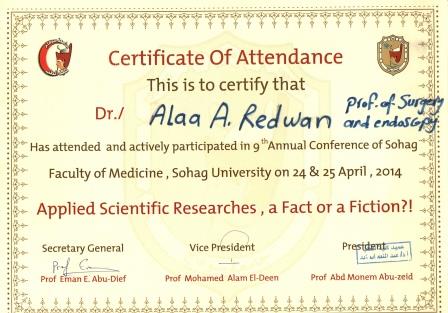Abstract
About 10-15% of the population have gall stones, and nearly 25 million in America with 2-4% becomes symptomatic annually, leading to annual 500 000 cholecystectomies. In Egypt About 7-10 million people have gall stones, About 100-150 000 cholecystectomies are performed annually Carl Langenbuch performed the first open cholecystectomy in 1882, with the predominant philosophy ″Big surgeons make big incisions″, 100 years later , first laparoscopic cholecystectomy was performed by Mouret in france.
In 1000 A.D Abu Alkasim used a mirror to reflect light into the vagina and cervix for examination starting the era of laparoendoscopy that expanded dramatically and enormously to include both diagnostic and therapeutic aspects and substituted surgery in many centers by their rapid innovations and approaches. Strong patient demand and doctor satisfaction by the new technique was observed by 30 % increase in the number of cholecystectomies in the first 4 years of the introduction of laparoscopic cholecystectomy
Laparoscopic surgery is one of the greatest advances in abdominal surgery in the last century. No other surgical development has had such a dramatic impact on abdominal surgery as laparoscopic cholecystectomy. And all these innovations helps to transform all those previously considered as fiction into fact that is seen actual helping those patients to overcome their pain and disabilities with little discomfort, less if any mortality, decrease if any morbidity, with an ultra-short hospital stay and less cost
Those innovation included decreased trocar size and number, specimen retrieval machines, clip less techniques, laparoscopic suturing skills, extended new horizon of indications, single incision laparoscopic surgery (SILS), natural orifice trans luminal endoscopic surgery (NOTES) or scare less surgery, and most recently robotic surgery and tele surgery, that do all and surgeons do nothing.
Science never stops its fascinations, and innovations, transforming fiction into facts, and life always find a way.


